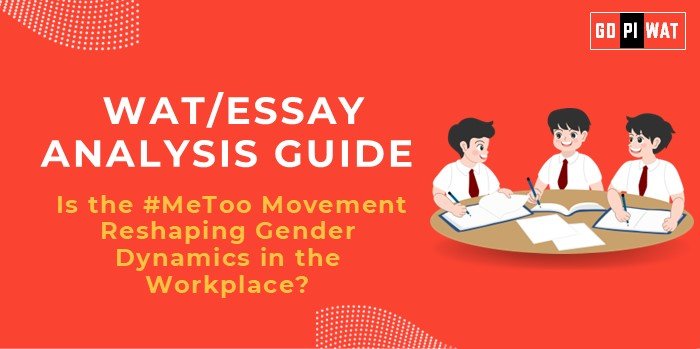⚖️ Is the #MeToo Movement Reshaping Gender Dynamics in the Workplace?
🌟 Introduction
The #MeToo movement has sparked global conversations about workplace equity, accountability, and safety. What began as a social media campaign in 2017 has evolved into a transformative force, prompting organizations to re-examine gender dynamics and implement changes in policies and culture. Yet, its impact remains uneven across industries and regions, highlighting the complexities of systemic change.
📊 Achievements of the #MeToo Movement
- Policy Reforms: Over 70% of Fortune 500 companies have updated their harassment protocols, reflecting proactive organizational responses.
- Empowerment: Survivors feel more encouraged to report misconduct due to increased awareness and support mechanisms.
- Diversity Initiatives: Many organizations have launched gender diversity programs, aiming for greater inclusivity in leadership roles.
⚠️ Challenges Faced by the Movement
- Resistance in Male-Dominated Sectors: Industries like construction and technology still exhibit significant pushback against gender equity reforms.
- Limited Reach: The movement has yet to make a strong impact in rural and informal workplaces, where women often lack access to redressal mechanisms.
- Unintended Consequences: Concerns like reduced mentorship opportunities for women (the “MeToo backlash”) highlight areas needing careful navigation.
🌍 Global Comparisons
Countries with progressive gender policies offer valuable lessons:
- Nordic Nations: Legislative backing and cultural emphasis on gender equity have created safer workplaces.
- United States: The movement led to significant policy updates but struggles with implementation gaps.
🔮 Future Outlook and Recommendations
To sustain and enhance the impact of the #MeToo movement, the following strategies can be implemented:
- Workplace Allyship Programs: Encourage male colleagues to actively support gender equity initiatives.
- Technology for Reporting: Introduce anonymous digital tools to streamline misconduct reporting while protecting whistleblowers.
- Education and Awareness: Integrate gender equity training at all organizational levels to foster inclusive cultures.
📄 Conclusion
The #MeToo movement has undeniably reshaped workplace dynamics, bringing gender issues to the forefront of organizational priorities. However, its progress must be sustained through thoughtful policies, cultural shifts, and continuous engagement. By addressing challenges like resistance and uneven reach, the movement can pave the way for true equity and inclusivity in workplaces worldwide.


